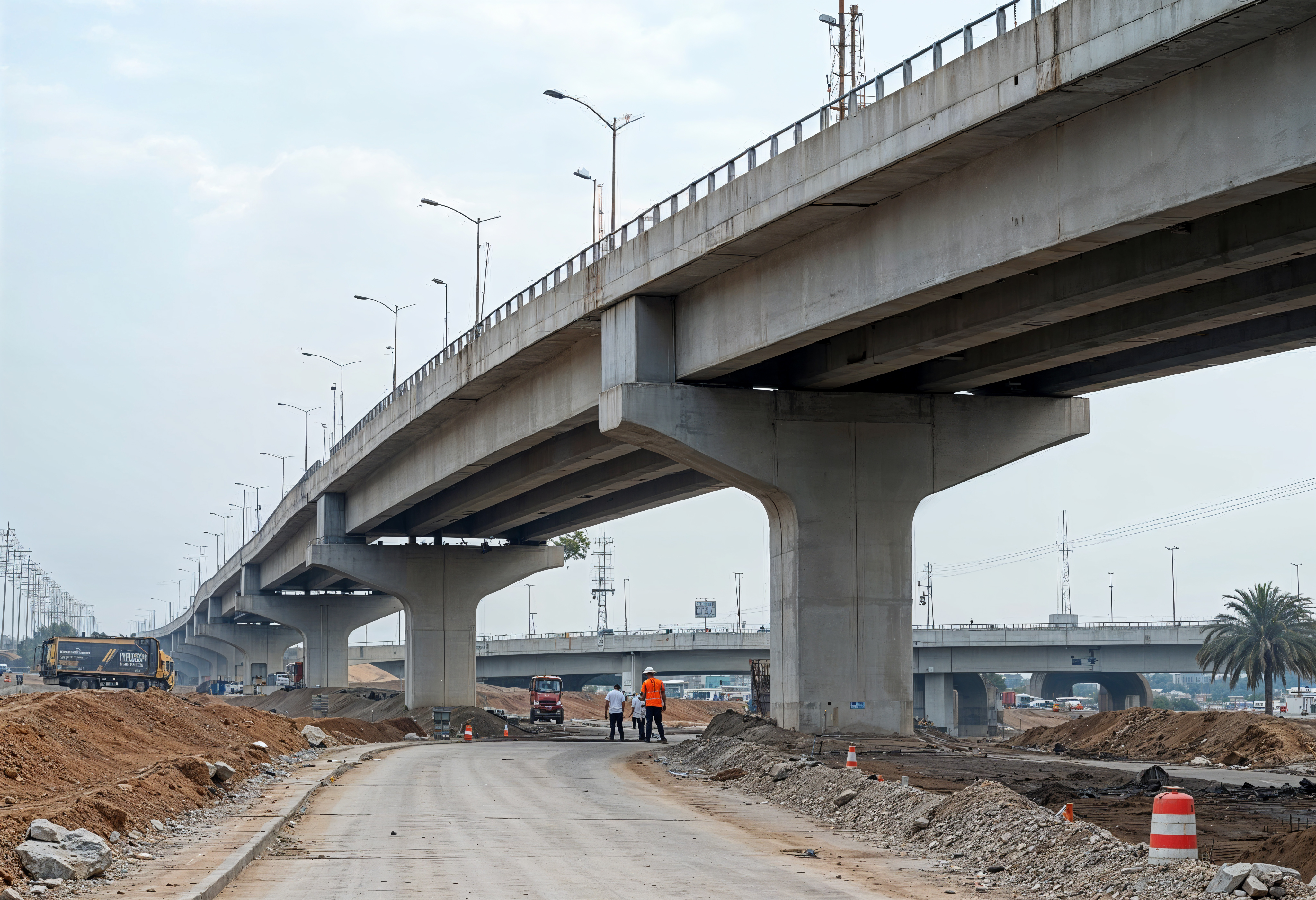Enrolment options
A bridge is a structure built to span a physical obstacle such as a river, valley, road, railway, or any other gap, for the purpose of providing passage over it.
In general, bridge components can be grouped into substructure, superstructure, and ancillary parts.
1. Substructure (Supports)
These transfer loads from the bridge deck down to the foundation soil or rock.
- Abutments – support the ends of the bridge span and retain the approach embankment.
- Piers – intermediate supports for longer bridges between abutments.
- Foundations – transfer loads from abutments and piers into the ground (spread footing, pile foundation, caissons, etc.).
2. Superstructure (Main Load-Bearing Elements)
These are the parts of the bridge above the supports that directly carry traffic.
-
Deck/Slab – the roadway or pathway surface on which vehicles or pedestrians travel.
-
Girders/Beams – horizontal members supporting the deck (steel or reinforced concrete).
-
Arch/Truss/Cable system – depending on bridge type, these distribute loads.
-
Bearings – devices placed between superstructure and substructure to allow controlled movements (thermal expansion, rotation, vibration).
3. Ancillary/Secondary Components
These provide safety, aesthetics, and durability.
-
Parapets/Railings – protective barriers along bridge edges.
-
Expansion joints – allow movement of the deck due to temperature changes.
-
Drainage system – prevents water accumulation and damage.
-
Lighting and Signage – for visibility and traffic management.
-
Utilities – sometimes bridges carry water pipes, electricity, or communication lines.
✅ Summary:
-
Substructure → foundation, abutments, piers.
-
Superstructure → deck, beams/girders, arches/trusses/cables, bearings.
-
Ancillary parts → parapets, joints, drainage, lighting, utilities.

